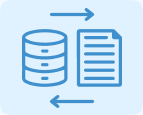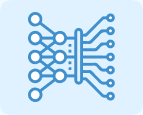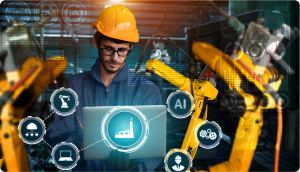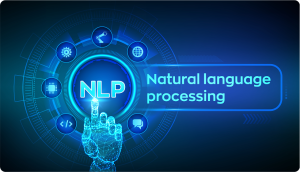
Engineering drawings are the foundation of certain industries and mastering them is crucial to developing and executing successful projects. Engineering and architectural blueprints are essential for design and construction. Blueprints in the automotive sector ensure accurate vehicle design and assembly.
Schematics are essential for designing and constructing electrical systems and electronic devices. Mechanical engineering uses detailed drawings to develop and maintain machinery, while the aerospace industry relies on blueprints to design aircraft and spacecraft.
These detailed drawings help develop plans and derive specifications required for projects across industries. Efficiently searching for and retrieving data within these documents is crucial.
Let’s dive into the importance of blueprints, the challenges they present, and how machine learning is changing blueprint comprehension and data retrieval across these diverse fields.
Challenges in Understanding the Engineering Drawings:
Engineering Drawings can be tricky to understand and need special skills. Here are some challenges that users often face:



The Impact of Machine Learning on Comprehension:
Machine learning is transforming industries by changing how we interpret and use blueprints. Here are some ways it enhances blueprint understanding:



Difficulties in Searching Within Engineering Drawings:
Finding, searching for, and accessing specific blueprints or drawings quickly and efficiently is a significant challenge in various engineering sectors. Here are some of the problems linked to this issue:
Handling Huge Archives of Data: Engineering firms often store blueprints and drawings from decades past. With such a vast volume of documents, it can be tough to find specific ones when necessary.
Absence of Metadata: Blueprints usually lack standardized metadata, like titles, dates, or descriptions, making it challenging to search and organize them efficiently.
Non-automated Search Process: Traditionally, locating a particular blueprint has been a time-consuming, manual task that depends on human memory and experience, which can lead to errors and inefficiencies.
How Machine Learning Alters the Search:
Machine learning has become a game-changer in simplifying blueprints and drawing search and data retrieval. Here’s how it’s making a difference:
Time Saving Data Extraction:
Machine learning models can automatically gather textual and visual data from blueprints and drawings. This includes recognizing titles, labels, dimensions, and other important details.
Identifying Visual Elements:
Machine learning can recognize visual elements in blueprints, like symbols, shapes, and diagrams, enabling searches based on visual cues.
Recognizing Text:
Machine learning algorithms can identify and index text within blueprints, allowing for keyword or phrase searches, significantly improving search efficiency.
Generating Metadata:
Machine learning can generate the metadata for blueprints, such as document titles, dates, and descriptions, simplifying the organization and search process.
Advanced Search:
Machine learning algorithms empower advanced search features, enabling users to find specific drawings based on various criteria, such as text content, visual elements, and even intricate engineering parameters.
Machine learning is changing how we handle blueprints. It tackles issues such as complexity, the need for specialized knowledge, and the risk of errors that have long been challenges in traditional blueprint analysis. Plus, it’s making the extensive archives of blueprints and drawings more accessible and valuable than ever. This shift improves efficiency and encourages a more innovative, data-driven approach. As technology advances, integrating machine learning into blueprints holds promise for the future.
The accuracy of ML OCR and conversion algorithms depends on the quality of scanned blueprints. That’s why it’s essential to partner with a technology and service provider like iTech, which implements layers of quality control to reduce errors and provide SLA guarantees.
Machine learning is transforming industries by turning paper blueprints into actionable tools. The advantages of searchability, accessibility, version control, interactivity, and predictive analytics are making projects run more smoothly and efficiently.
iTech is a Machine Learning service provider that handles engineering drawings. Please contact us if you have any questions about how machine learning can help your projects.









